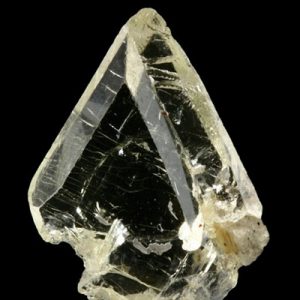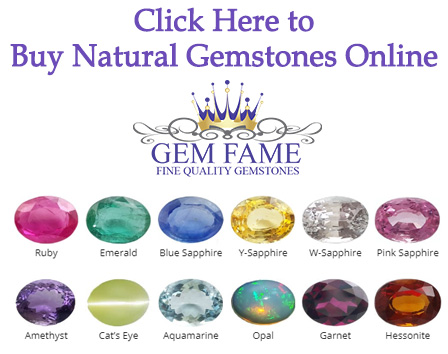Montebrasite
Montebrasite is an uncommon phosphate mineral and a relatively rare gem. It is very closely related to Amblygonite and varies only by Amblygonite being richer in hydroxide instead of fluorine. The structures of the two minerals are the same and there are no discernable physical differences between the two. It may be that if many Amblygonite gems where retested, they may actually be Montebrasite. In general, it is thought that most yellow gems on the market are Amblygonite, and most colorless gems are Montebrasite, but this does not always hold true.
A few localities for gemmy material include Montebras, Creuse, France (the type locality); Minas Gerais, Southeast Region, Brazil; Newry, Oxford County, Maine, USA.
| Category: | Amblygonite Group |
| Formula: | LiAl(PO4)(OH) |
| Crystallography: | Triclinic – Pinacoidal |
| Crystal Habit: | Crystals typically equant, may be short to long prismatic, to 10 cm; as coarse cleavable or blocky to rounded nodular masses. |
| Twinning: | Common on [111], producing tabular composite crystals; microscopic polysynthetic twinning on [111]. |
| Cleavage: | [100] Perfect, [110] Good, [011] Distinct |
| Fracture: | Irregular/Uneven to Sub-Conchoidal |
| Tenacity: | Brittle |
| Hardness (Mohs): | 5.5 – 6.0 |
| Density: | 2.98 – 3.04 (g/cm3) |
| Luminescence: | None |
| Radioactivity: | Not Radioactive |
| Color: | Bluish, Colorless, Greenish, Greenish Gray, Grayish White, pale Brown, pale Yellow |
| Transparency: | Translucent to Transparent |
| Luster: | Vitreous to Greasy, Pearly on cleavages |
| Refractive Index: | 1.594 – 1.646 Biaxial ( +/- ) |
| Birefringence: | 0.020 – 0.030 |
| Dispersion: | r < v |
| Pleochroism: | None |


